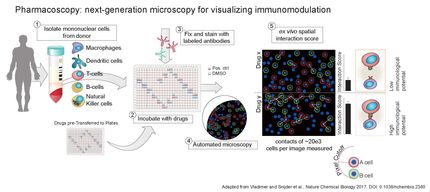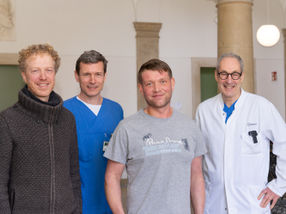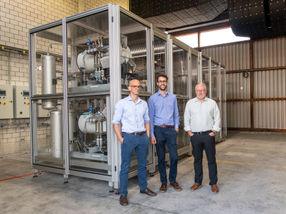New microscope 96 times faster: watching immune cells race
shoot 384 films simultaneously
Suddenly it happens: While peeling an apple, the knife slips and cuts your finger. immune cells immediately swarm out and attack the invading bacteria to protect the body. Prof. Dr. Matthias Gunzer from the Faculty of Medicine at the University of Duisburg-Essen (UDE) is using this knowledge to develop a microscope to save lives. Together with partners at the UDE and the Leibniz Institute for Analytical Sciences - ISAS - e.V., the immunologist has raised almost 1.3 million euros from the German Research Foundation (DFG), of which almost 400,000 euros will go to the Faculty of Medicine at the UDE. The microscope, called "ComplexEye", will be 96 times faster than previous models.
The speed and mobility of immune cells are high. In order to measure them, an image must be taken every eight seconds for a time-lapse video. A conventional microscope with one objective can only analyze four samples at a time. "This is too slow to examine large numbers of samples and derive valuable strategies for diagnostics and therapy. That's why we are building a multi-lens system and developing AI-supported software. It will be 96 times faster," explains Professor Gunzer.
The Director of the Institute of Experimental Immunology and Imaging is conducting research with Duisburg electrical engineers Prof. Dr. Anton Grabmaier, Prof. Dr. Hendrik Wöhrle and Dr. Reinhard Viga as well as a team led by Dr. Jianxu Chen from ISAS in Dortmund. Professor Gunzer's team has the biomedical expertise, the system design in hardware and software comes from Duisburg and the new, AI-based analysis software from Dortmund.
The three-year project began in June 2025, after twelve years of preparation. A prototype has been created that already uses 16 lenses. Now 96 slim lenses and complex video technology are to be mounted on a postcard-sized standard perforated plate, allowing 384 films to be shot simultaneously.
"In order to meet the requirements for high-throughput analysis, we are developing software with real-time tracking that does not require powerful external computers," explains Dr. Chen. "This is possible, for example, because edge devices, i.e. small processors working in parallel, take over the time-intensive image analysis, including with AI," adds Dr. Viga. The data is evaluated immediately because it can be vital to have the results quickly: "Sometimes the immune cells are disturbed," says Prof. Dr. Gunzer. "If we know how they move, we can identify diseases or develop active substances that control their speed."
For example, the ComplexEye could be used to determine whether someone in intensive care is on the verge of sepsis. The result would be available within a few hours and a drug could be administered. The ability of these cells to move also provides valuable information for diagnosis and treatment of cancer.
Note: This article has been translated using a computer system without human intervention. LUMITOS offers these automatic translations to present a wider range of current news. Since this article has been translated with automatic translation, it is possible that it contains errors in vocabulary, syntax or grammar. The original article in German can be found here.
Topics
Organizations
Other news from the department science
These products might interest you
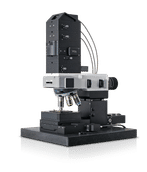
alpha300 R by WITec
3D Raman microscopes with unequalled speed, sensitivity and resolution
Visualize and characterize every chemical detail

JEOL CRYO ARM by JEOL
Cryo-TEM: Fast and stable data acquisition for biosamples
Increased efficiency in structural biology with automated sample loading system
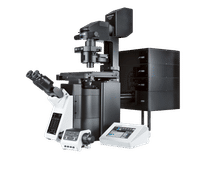
FLUOVIEW FV4000 by EVIDENT
Revolutionary imaging with FLUOVIEW FV4000: Confocal laser scanning
Utilise AI-powered image processing and innovative detector technology

Get the life science industry in your inbox
By submitting this form you agree that LUMITOS AG will send you the newsletter(s) selected above by email. Your data will not be passed on to third parties. Your data will be stored and processed in accordance with our data protection regulations. LUMITOS may contact you by email for the purpose of advertising or market and opinion surveys. You can revoke your consent at any time without giving reasons to LUMITOS AG, Ernst-Augustin-Str. 2, 12489 Berlin, Germany or by e-mail at revoke@lumitos.com with effect for the future. In addition, each email contains a link to unsubscribe from the corresponding newsletter.
Most read news
More news from our other portals
Last viewed contents
University Awarded GBP 2 Million To Study Role Of Genetics In Drug Efficacy


